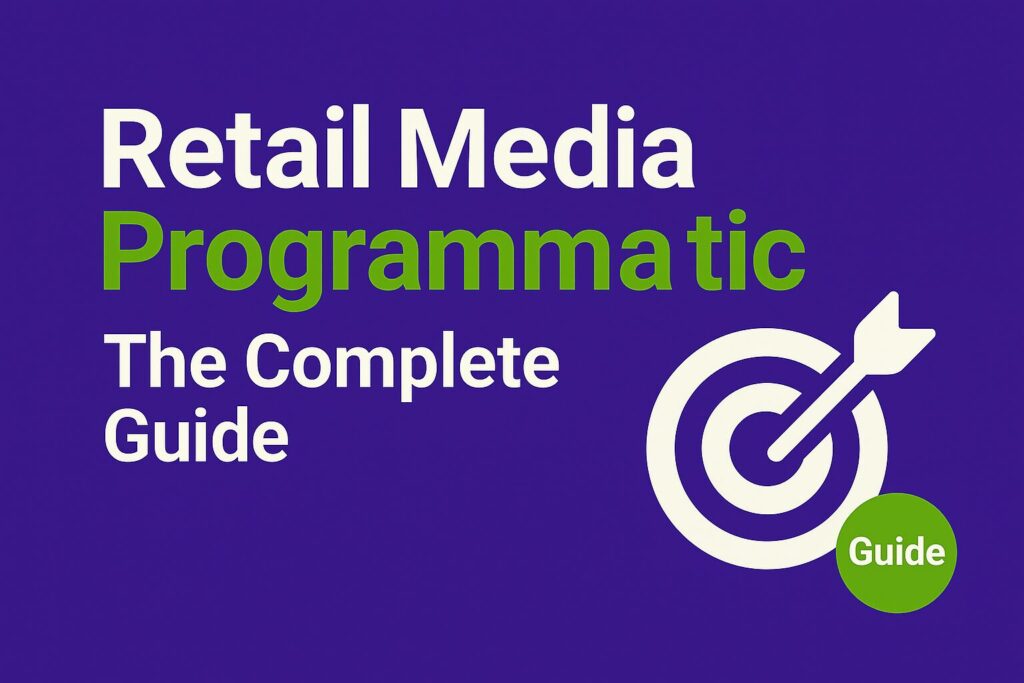Few figures in advertising history stand as tall as P.T. Barnum. While famous for his circus, Barnum also reshaped how people understood marketing and promotion. His legacy goes far beyond entertainment — he mastered hype, attention, and media manipulation. This article explores how the 19th century disrupted advertising forever: through the rise of the printing press, the emergence of agencies, and Barnum’s groundbreaking methods that still echo in digital marketing today.
1. The Printing Press Sparked Mass Advertising
In the late 1800s, the printing press transformed advertising from local and word-of-mouth messages into mass communication. Before its rise, advertisers struggled to reach broad audiences. The press changed that.
Newspapers and magazines quickly became battlegrounds for brand exposure. Early ads often used simple language and bold claims to stand out. As circulation increased, marketers began harnessing the power of print as a persuasive tool — not just an informational one.
2. Patent Medicines Introduced Bold Persuasion
Patent medicines dominated advertising in the 19th century. These so-called “miracle cures” claimed to treat anything from headaches to tuberculosis. Their ads relied on exaggerated, often false promises.
Advertisers filled newspapers with dramatic copy, often unsupported by science or facts. These campaigns pushed ethical boundaries and sparked public concern. Yet they also pioneered persuasive writing techniques. Their style — bold, emotional, hyperbolic — survives today in clickbait headlines, misleading health claims, and aggressive influencer tactics.
3. P.T. Barnum Perfected the Art of Hype
Barnum didn’t invent bold advertising — but he perfected it. Best known for creating the Barnum & Bailey Circus, he also redefined how marketers could command public attention.
He crafted sensational posters, wrote provocative headlines, and used media controversy to his advantage. Unlike others, Barnum turned himself into a brand. He mastered what we now call public relations, controlling the narrative around his events and persona.
Barnum believed in attention above all else. “There’s no such thing as bad publicity,” he claimed — a concept echoed in today’s viral marketing playbook. Influencer teasers, outrage-based campaigns, and guerrilla marketing all follow in his footsteps.
4. Agencies Organized the Growing Chaos
While Barnum captured crowds with theatrical marketing, a different transformation was happening behind the scenes: the birth of advertising agencies.
Initially, independent copywriters and publishers handled ads. But as advertising scaled, companies needed more structure and expertise. Agencies like N.W. Ayer & Son and J. Walter Thompson (JWT) emerged to meet that need. They didn’t just write ads — they built strategy, designed visuals, and negotiated media placements.
Agencies brought professionalism to a previously chaotic process. They streamlined how businesses approached advertising, combining creativity, messaging, and distribution under one roof. This model became the foundation for the modern advertising industry.
5. Lessons from Advertising’s Origins
Even in today’s digital-first world, the roots of modern advertising remain visible. The printing press gave rise to mass media. Patent medicines showed how storytelling could sell — for better or worse. Barnum’s hype tactics laid the groundwork for buzz marketing. Agencies institutionalized it all.
Today’s marketers still rely on these fundamentals. Retail media strategies, CTV campaigns, and programmatic DSPs all trace their DNA back to these early innovations. The need to stand out, build trust, and influence behavior hasn’t changed — only the tools have.
Of course, with innovation comes responsibility. Just as 19th-century ads sparked debates over deception, today’s marketers face scrutiny over fake reviews, influencer transparency, and ethical data use. Barnum-style showmanship may attract attention, but long-term brand value depends on trust.
Conclusion: The Disruption That Never Ended
Barnum’s brilliance, the printing revolution, and the rise of agencies ignited the first great disruption in advertising. That wave never really stopped. The tactics evolved, the platforms changed, but the goal stayed the same: capture attention and shape perception.
As the industry moves further into AI, automation, and personalized targeting, the lessons from the 1800s remain strikingly relevant. Marketing will always reinvent itself — but the need for persuasion, creativity, and trust will never go out of style.
FAQ: Origins of Modern Advertising
A: P.T. Barnum was a 19th-century showman who revolutionized promotional techniques. He used media spectacle, exaggeration, and public relations to attract massive audiences — long before the age of social media.
A: Patent medicines were over-the-counter remedies marketed with exaggerated or false claims. Their aggressive advertising helped shape modern persuasive writing but also raised ethical concerns.
A: Agencies like J. Walter Thompson emerged in the late 1800s. They offered end-to-end advertising services, including copywriting, design, and media buying, bringing structure to a growing industry.
A: Techniques like emotional storytelling, media hype, and strategic messaging remain central to advertising — from retail media to influencer campaigns and be
Senior E-commerce & Retail Media Leader with 8+ years across Amazon and leading marketplaces. Focus on full-funnel strategy, programmatic retail media, and international media governance. Sharing frameworks and operating models for growth.


